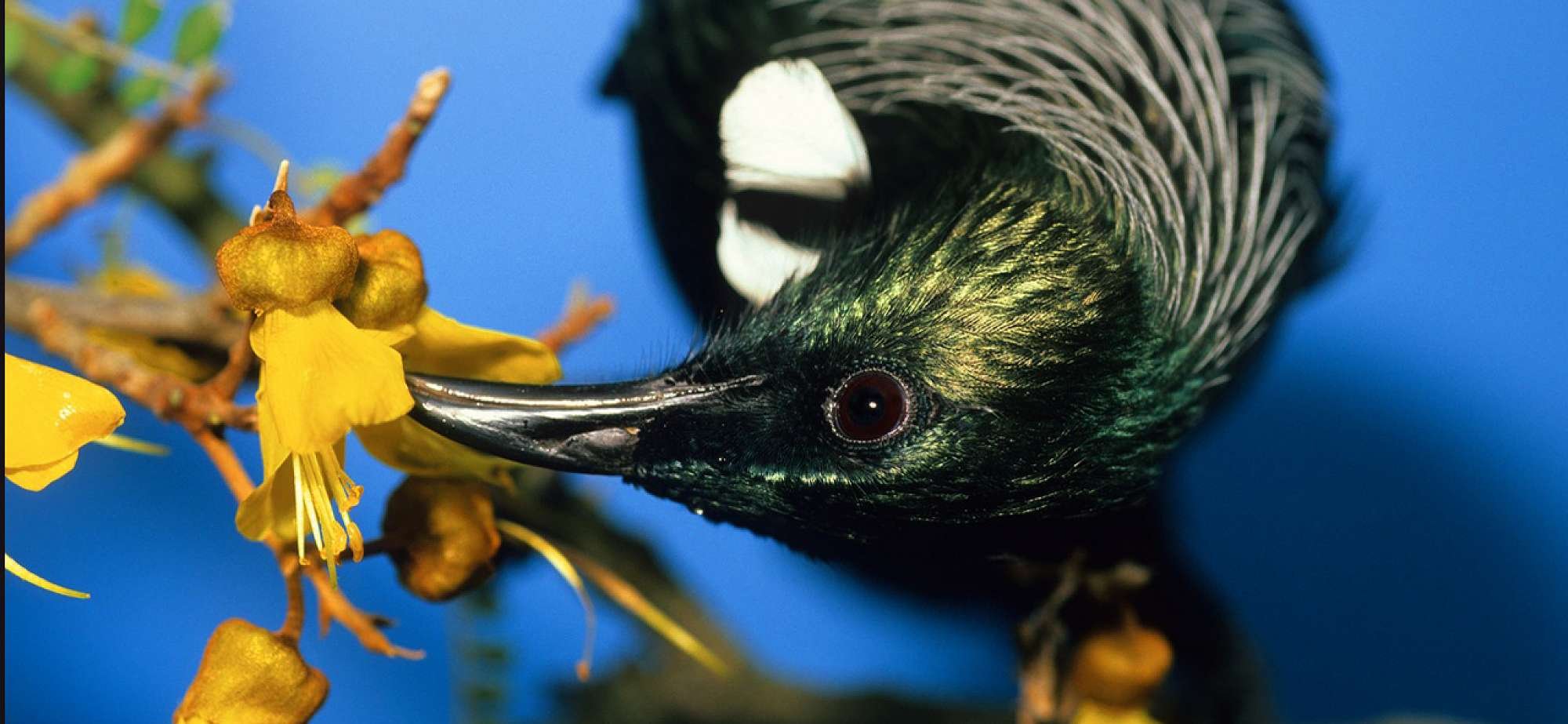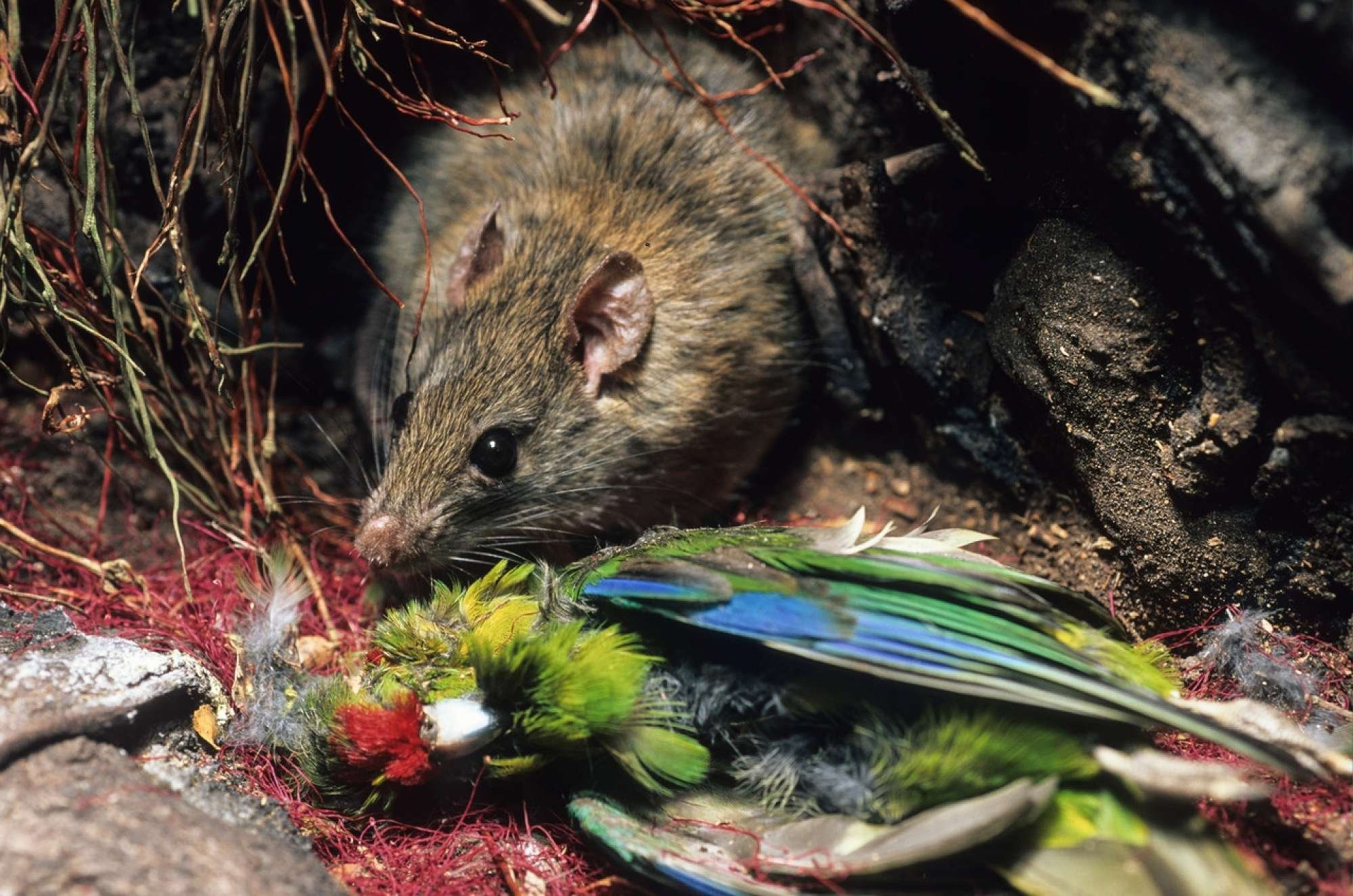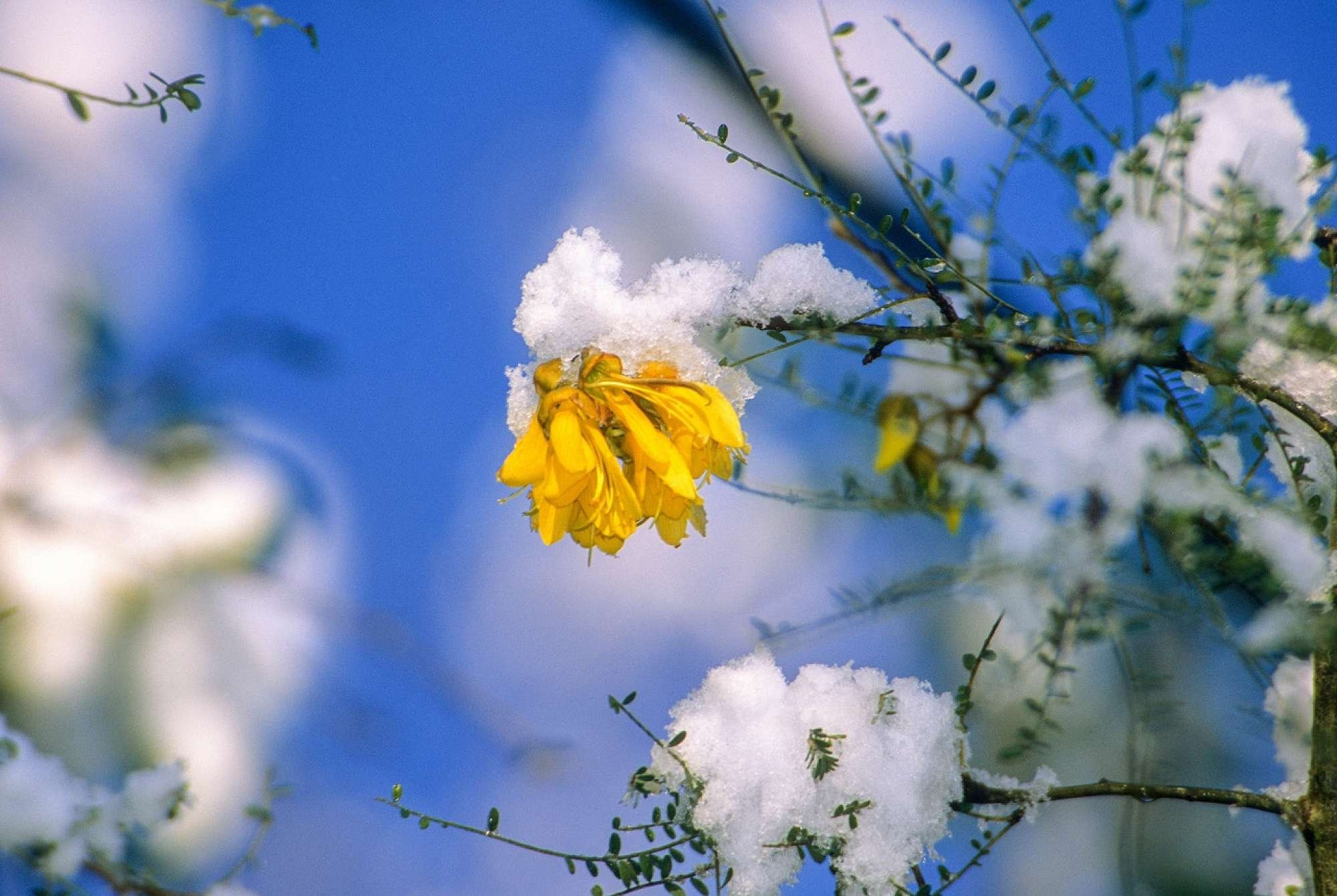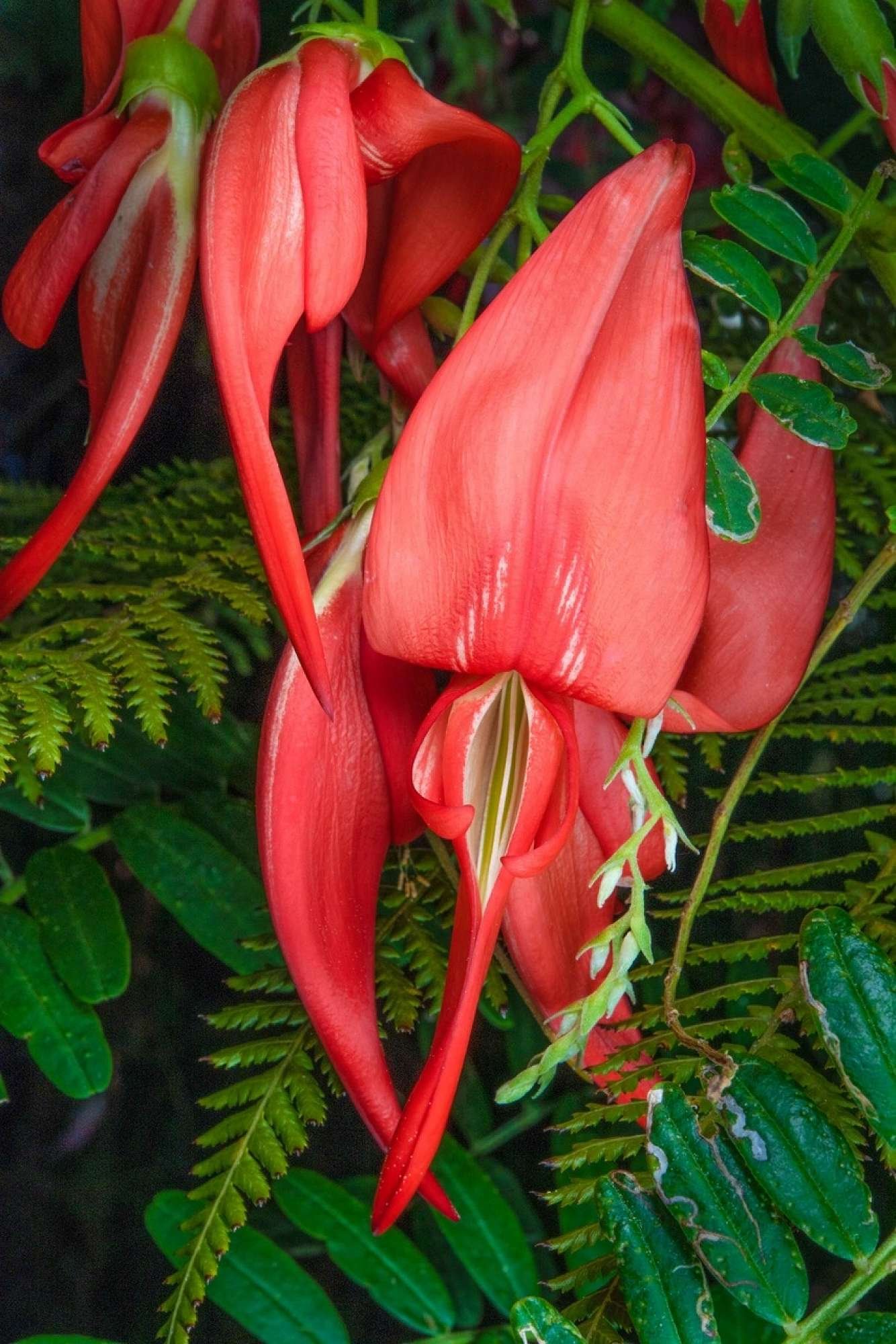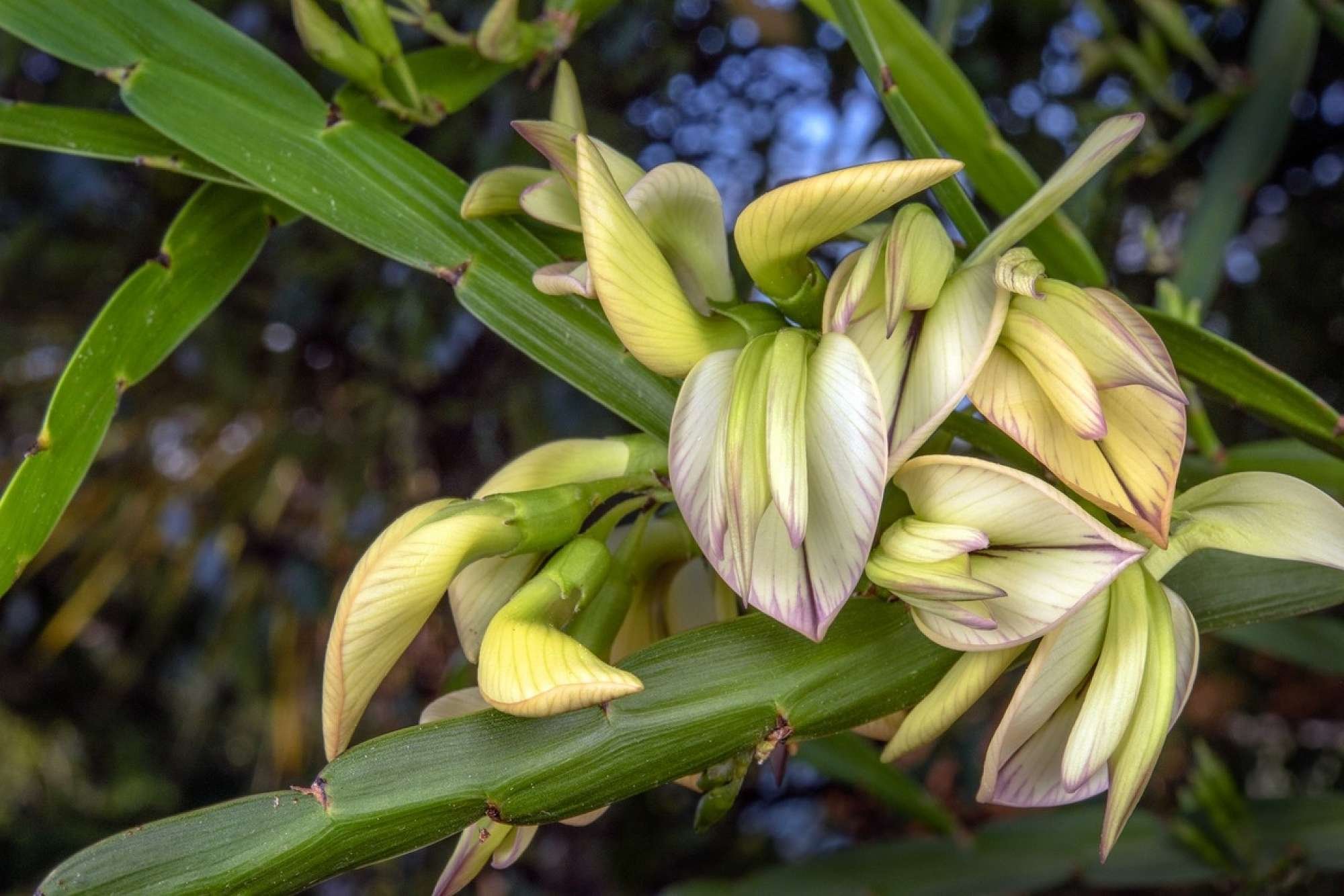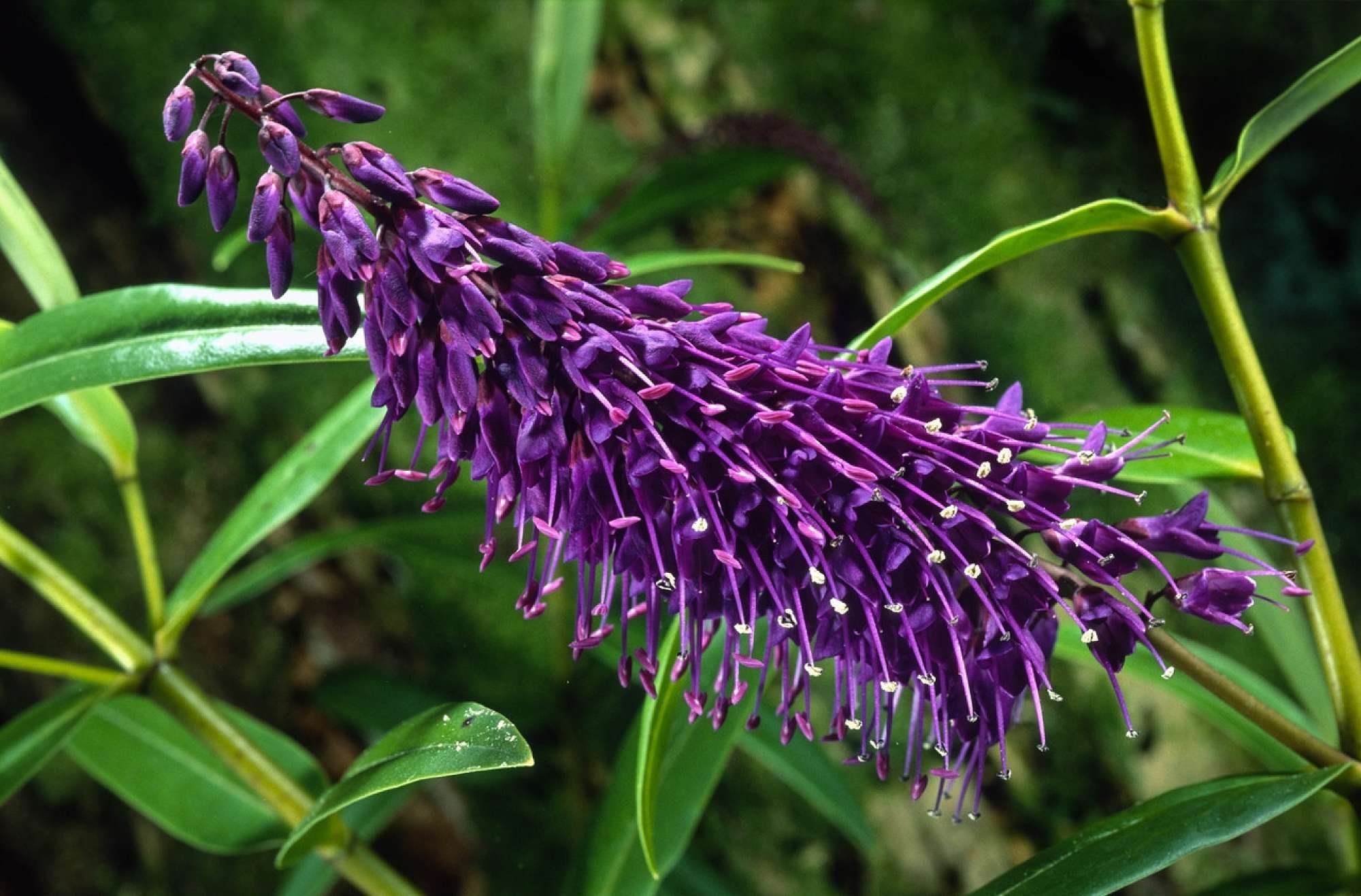Encouraging Native Birds to Your Garden with Rod Morris
Wild Dunedin — Aug 25, 2020
When birdsong is present it indicates a lack of predators. Since the Otago Peninsula Biodiversity Group (OPBG) started in 2008, 21,000 possums have been removed from the Otago Peninsula. This has led to increased food available for birds, insects and reptiles. Possums eat birds and eggs as well as fruit and vegetation.
"The tui and kowhai fit together like a hand in a glove", Image by: Rod Morris
Rats are a huge problem on Otago Peninsula. The rats on the Peninsula are ships rats or black rats, though they can be various colours. They like climbing and dry conditions, live in trees, your roof and have a longer tail and bigger ears than the Norway rat. They are very agile and can easily walk a no 8 wire or power line.
"Ship rats are the most agile, widespread, voracious, and abundant predators of forest birds". Image by: Rod Morris
Rod Morris was the host of a workshop for people doing the annual bird counts for the Otago Peninsula Biodiversity group. He showed us a photo of a rats’ nest in a tree, the size and shape of a soccer ball.
In Dunedin’s urban area and on the Taieri there are also Norway rats or water rats which like damp conditions, often live around waterways, and like to swim. They are usually a muddy brown but have colour variations.
Rod told us If you feed seeds or fat to birds, after dark this becomes food for rats. Seed is the food of introduced birds like finches. So if you want to attract native birds, feed sugar water instead.
Rod pointed out that the orange plastic nectar feeders are good for attracting bellbirds and tuis because silvereyes can’t work them. Image by: Tui Garden Products
What to plant on your property to provide food for native birds over winter:
It's important to have flowering plants year round in your garden for native birds and invertebrates. Kowhai begins flowering late winter.
Image by: Rod Morris
Kowhai (tui, bellbird, silvereye, kererū, red admiral butterfly, and the shining cuckoo eats caterpillars off them).
Kakabeak - endangered in the wild but a popular garden plant. Prefers an open sunny place in your garden but be warned slugs and snails love them! Image by: Rod Morris
Kakabeak (Clianthus maximus) – produces flowers that are pollinated by birds. Endangered native plant. Rod suggests growing kakabeak under or close to a kowhai so that the tuis will feed on the kowhai and allow the kakabeak for the korimako (bellbirds) and tauhou (silvereyes).
Winter flowering native broom - Carmichaelia williamsii (common name William's broom or giant-flowered broom). Image by: Rod Morris
Native broom/Carmichaelia williamsii – it produces flowers that are pollinated by birds. Threatened and naturally occurring in the North Island coastal forest. These can be seen in the Dunedin Botanic Garden on the bank of Lindsays Creek, by the bridge near the cafe.
Hebe (Veronica macrocarpa var. latisepala) is a species hebe rather than a hybrid. This hebe's flowers are perfect for native nectar feeders.
Image by: Rod Morris
Hebe (Veronica macrocarpa var. latisepala) – produces flowers that are pollinated by birds. Bellbirds love it. It’s a late winter flowerer from Great and Little Barrier Islands. The other variety Veronica macrocarpa var. macrocarpa is locally abundant around northern mainland coasts, but has white flowers which attract insect pollinators.
At Rod’s place they feed the tuis and bellbirds with sugar water all year and find that this has meant that tuis bring their juveniles to the bird feeders over summer. Sugar water provides fuel for nectar feeding birds that enables them to fly in search of protein.
If you’re uncertain of a bird call and you can’t see the bird, record its call on a smartphone, then check it out online or with someone more expert than you.
Useful links

